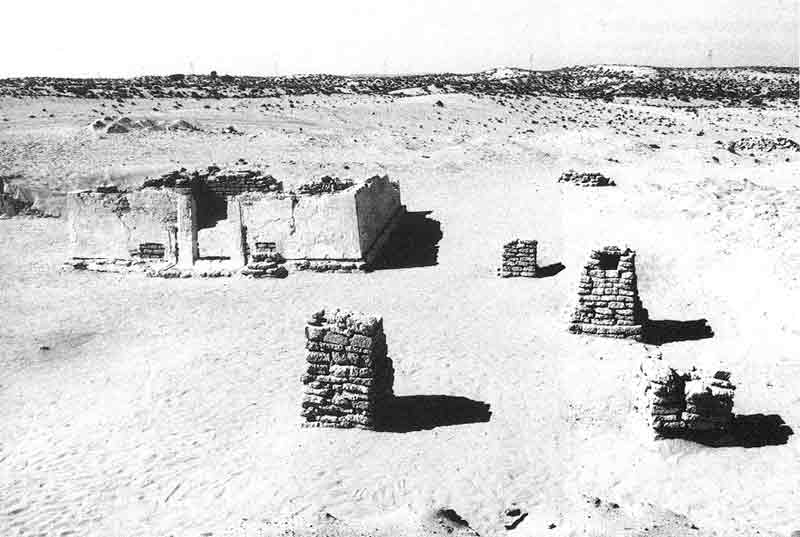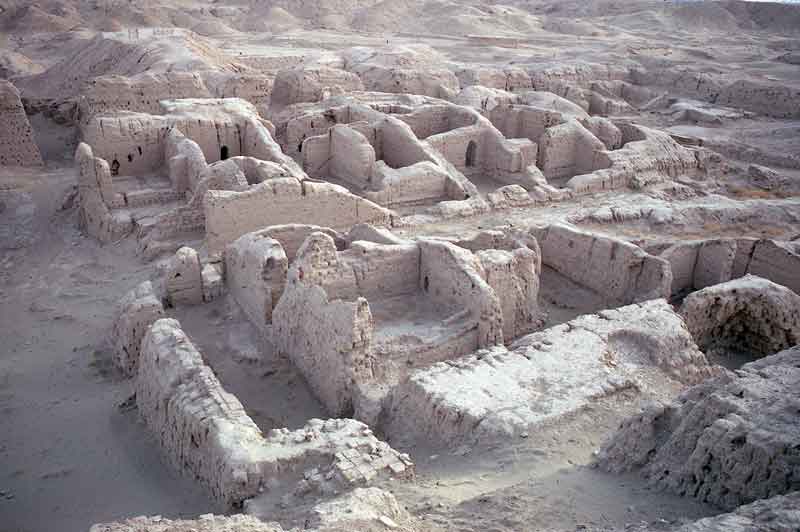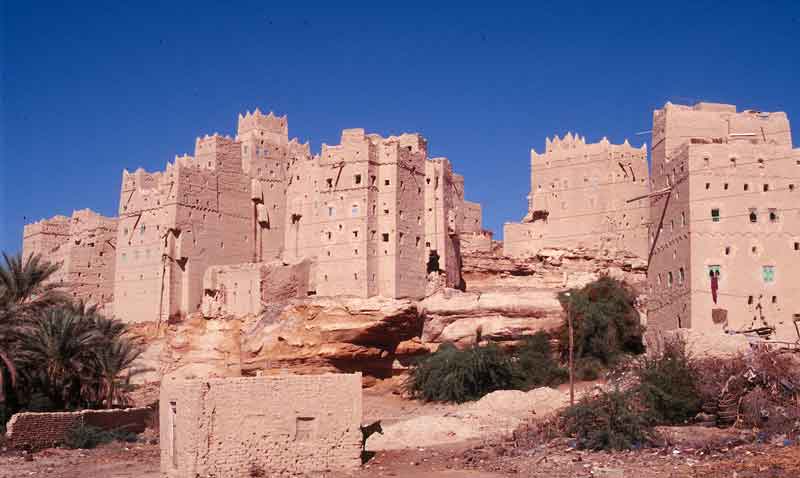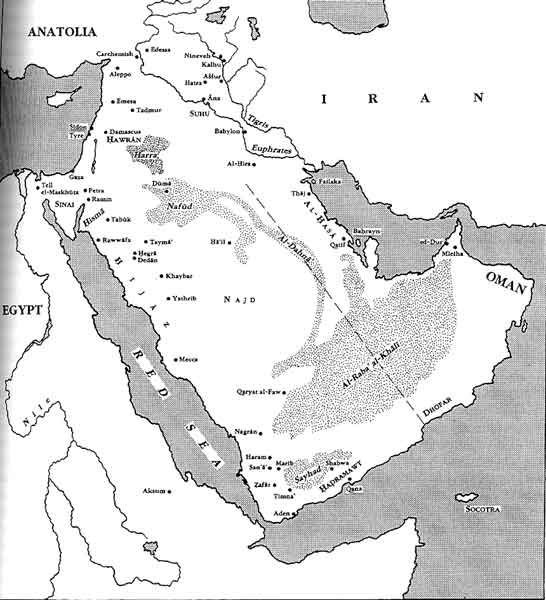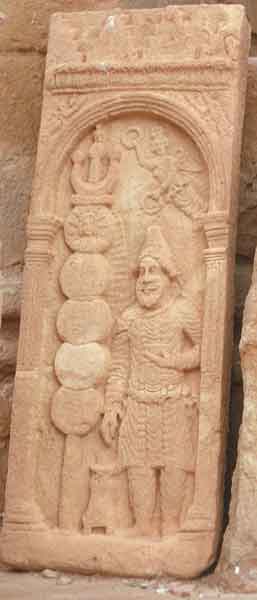The Archaeology Fund
The Story of the Magi
|
Mathew 2:1-12 Now when Jesus was born in Bethlehem of Judaea in the days of Herod the king, behold, there came wise men from the east to Jerusalem.. They saw the young child with Mary his mother, and fell down, and worshiped him: and when they had opened their treasures they presented unto him gifts; gold and frankincense, and myrrh.. Herodotus around 430 B.C. noted that a tribe of the Medes who were skilled as priests and diviners were called magi. Perhaps they functioned as part of the official state religion under the Achaemenids although their status and relationship to Zoroastrianism remains far from clear [PS-004]. The association of magi with magic and astrology is also indicated in later Classical accounts. In the magi story of Mathew exercpted above, controversy has arisen on at least two main points. One, were the magi Zoroaster adherents and, two Where did they come from? Coming from the east to follow a “star”, many church fathers (Origen, Chrysotom, Tertulian) suggested that the magi came from either Iran or Mesopotamia [PS-016]. Combining however the account with gold, frankincense and myrrh, early church fathers such as Justin Martyr, ca. 120 AD, argued that they wise men came from Arabia [PS-001]. It is not until some four hundred years later, however in the sixth century AD that we see names associated with the three magi as King of the Persians, King of Saba, and King of Sheba. In the next century, the three traditional names are quoted for the first time: Melqon (Melchior) from Persia, Balthasar from Arabia and Gaspar from India. (Scene from St. Vitale in Ravenna ) sixth century. In 1953, Gonzague Ryckmans introduced the idea that the term gold in Mathew meant golden frankiincense, and thus that the three gifts were all incense. Most recently, based on our work in Dhofar and Mahra, we have suggested that from the time of the Achaemenids to the Sassanians, this region was held by or under the influence of Persia. [DH1-064]. We can also note that in subsequent centuries, the magoi are always shown in traditional Persian dress [PS-009]. At times, they were seen as three men of vastly different ages. By the twelfth century, they had become kings and in the next century one had become black. Where were the wise men buried? Marco Polo was shown the tombs of the wise men just south of Tehran in the late thirteenth century, but in the west learned opinion suggested that the emperor Zeno in 490 had recovered their remains from their home in the Hadramaut (Azzan) and had them taken to Constantinople. Their journey hardly complete, their remains were subsequently taken to Milan. Frederick Barbarossa in 1164 moved their remains to Cologne cathedral where they remain to this day.[DH2-041] Our archaeological work in Dhofar and Mahra has suggested in agreement with the classical sources that this incense land lay beyond the control of the Greek and Romans within the purview of the Persians. Hence, it is possible that one or more of the magoi stories derived from trade and travel between our incense lands, Persia and/or the Levant which had always been a traditional overland route. Therefore, direct Persian control of incense from south Arabia could be a reason why the magi as one or all came from Arabia |
|
